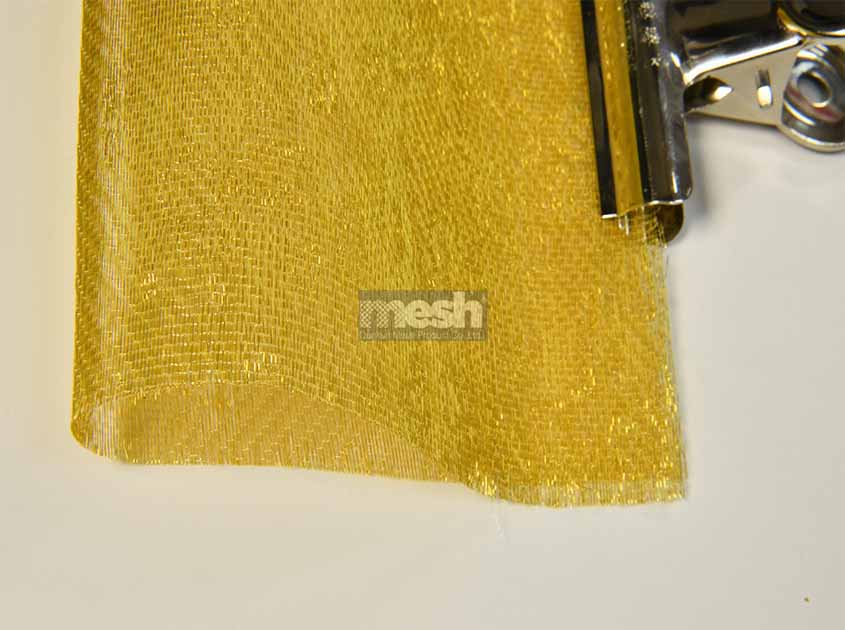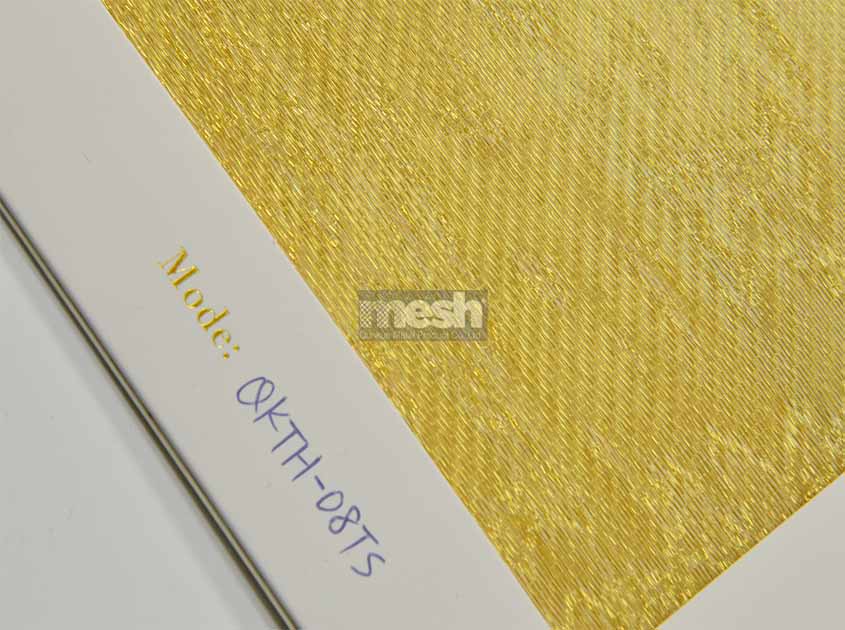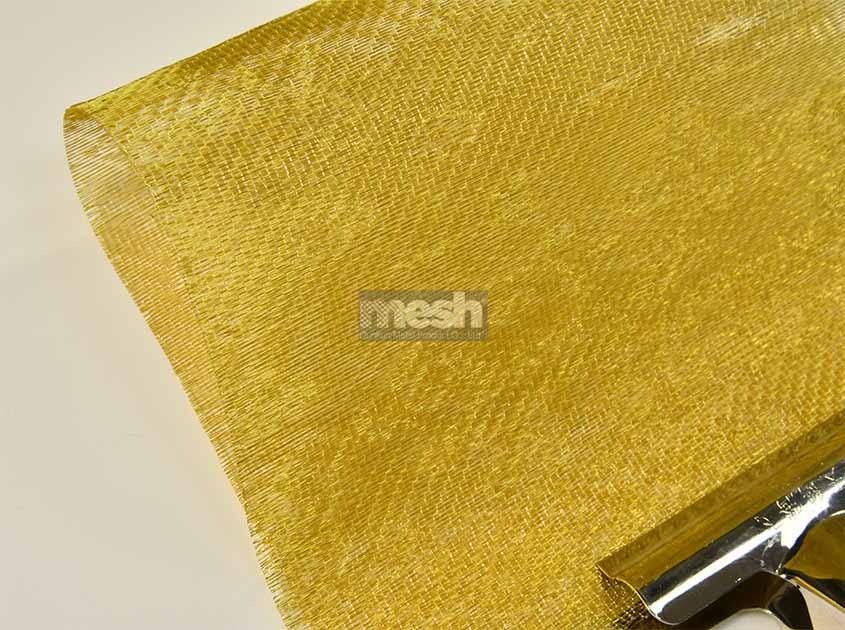-
About UsProductsCustomized SolutionProjectGalleryNews
A Comparative Study of Textile woven mesh for Reinforcing Composite Materials
Release time: September 18, 2023Material properties: Textile woven mesh has unique material properties among reinforced composite materials. It provides excellent strength and stiffness, increasing the mechanical properties of composite materials. Different types of Textile woven mesh, such as glass fiber mesh, carbon fiber mesh and aramid mesh, have different performance characteristics. Comparative studies can evaluate the effects of their application in composite materials, including aspects such as strength, stiffness, durability and fatigue life.

Processing and Cost: The processing and cost of Textile woven mesh are also key factors in comparative studies. Different types of woven mesh may have different processing difficulties and costs. Comparative studies can assess their processing feasibility, cost-effectiveness, and compatibility with composite processing processes. This helps determine the type of Textile woven mesh best suited for a specific application to find a balance between effectiveness and affordability.

Adaptability and application fields: Textile woven mesh may also have different applications in different fields. Comparative studies can explore the adaptability and performance of different types of woven meshes in different application areas. For example, in fields such as aerospace, automotive, construction, and sports equipment, Textile woven mesh may have different advantages and application potential. Through comparative studies, their characteristics and limitations in various fields can be understood.

Durability and environmental impact: The durability and environmental impact of Textile woven mesh are also important aspects of comparative research. Different types of woven mesh may have different durability and environmental adaptability. Comparative studies can examine their durability, weather resistance, corrosion resistance, and environmental impact to assess their performance in terms of long-term application and sustainability.
Through comparative studies of Textile woven mesh in reinforced composite materials, the material properties, processing and cost, adaptability and application fields, as well as durability and environmental impact of different types of mesh can be comprehensively evaluated. This helps guide material selection during composite design and manufacturing to achieve optimal reinforcement and performance.
Recommended News





